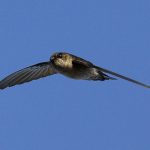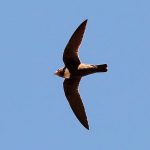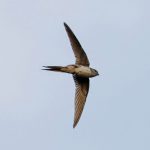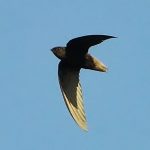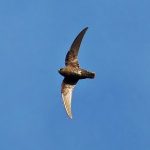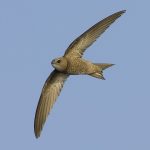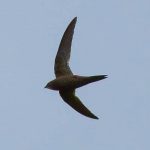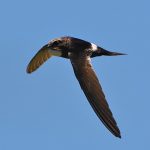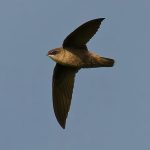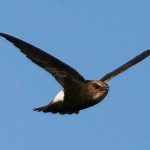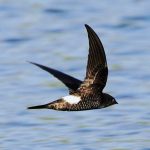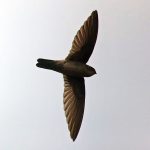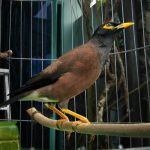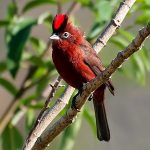Edible-nest swiftlet
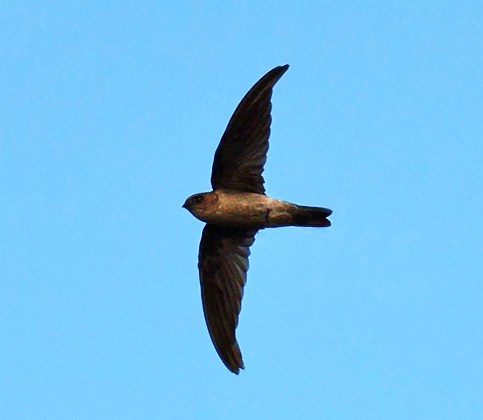
Aerodramus fuciphagus
 |
| (Photo from Flickriver) |
Common name:
edible-nest swiftlet (en); andorinhão-de-ninho-comestível (pt); salangane à nid blanc (fr); rabitojo de nido comestible (es); weißnestsalangane (de)
Taxonomy:
Order Apodiformes
Family Apodidae
Range:
These birds are found in south-east Asia, in Sumatra, Borneo, Java, Bali, Flores, Sumba, Savu, Timor, Burma, in the Andaman and Nicobar islands and in the Maratua archipelago.
Size:
The edible-nest swiftlet is 11-12 cm long and weighs 10-15 g.
Habitat:
These birds can forage over a wide range of habitats, including mangroves, rainforests, mountain forests and even agricultural land, namely rubber plantations. They breed in caves, cliffs and sometimes in abandoned buildings. They are found from sea level up to an altitude of 2.800 m.
Diet:
They hunt flying insects on the wing, mostly taking Hymenoptera, Ephemeroptera, Homoptera and Diptera.
Breeding:
Edible-nest swiftlets can breed all year round, but with a peak in October-February. They nest in colonies, typically in a cave or cliff or sometimes in an abondoned building, each pair building a bracket-shaped nest which is white and translucent and is made of layers of hardened saliva attached to the rock. There the female lays 2 white eggs which are incubated for 20-26 days. The chicks fledge 40-46 days after hatching. Each pair may produce 1-3 clutches per year.
Conservation:
IUCN status – LC (Least Concern)
This species has a very large breeding range and, although the global population size has not been quantified, but the species is reported to be abundant in suitable habitat. The population is suspected to be in decline owing to over harvesting of eggs, nestlings and especially nests which are considered a delicacy and used to cook the Chinese swallow’s nest soup.
